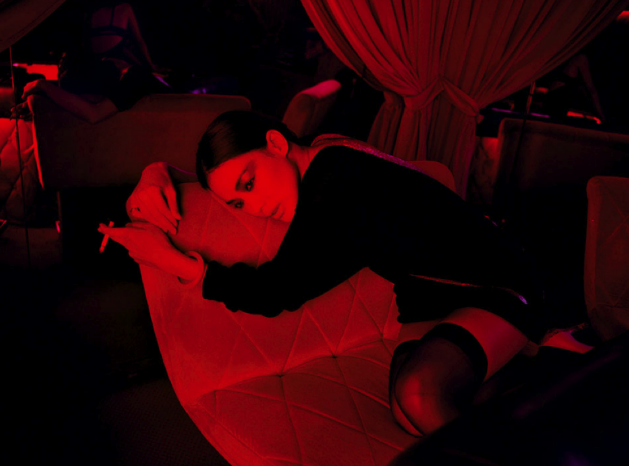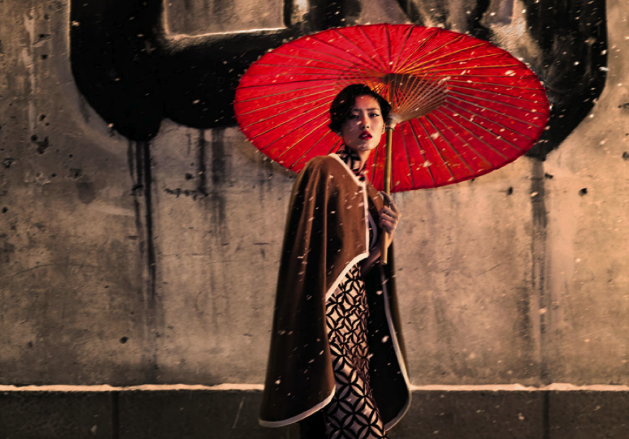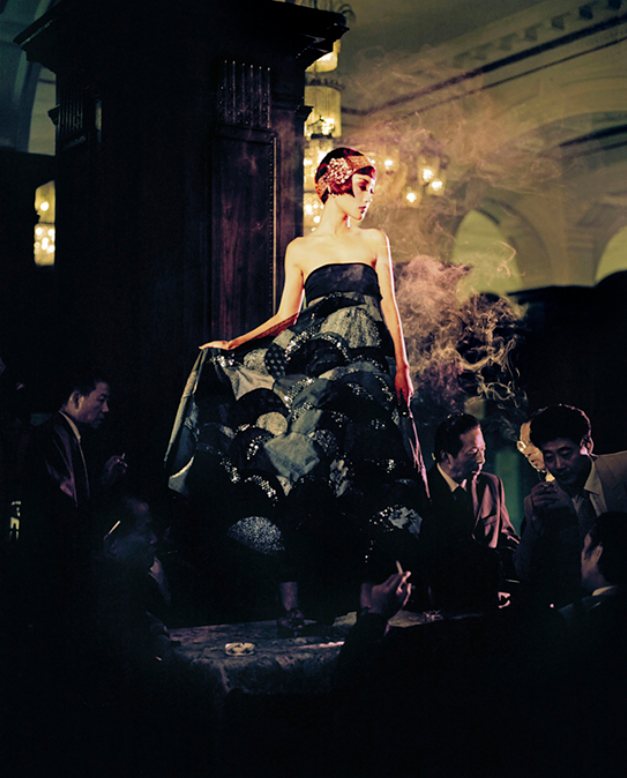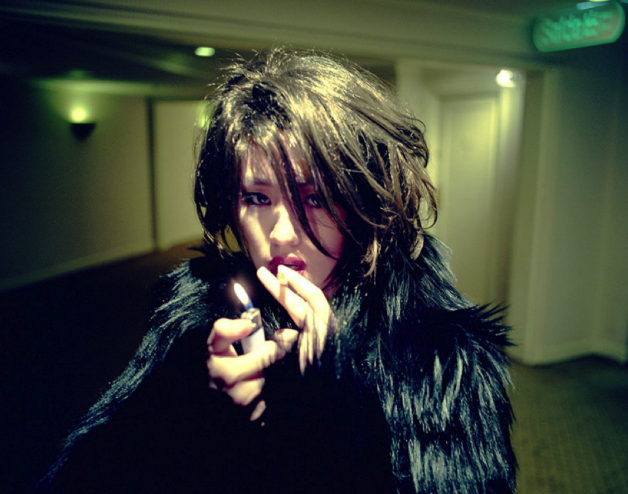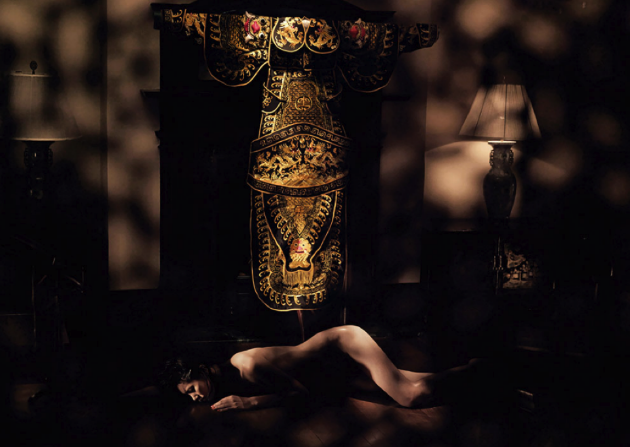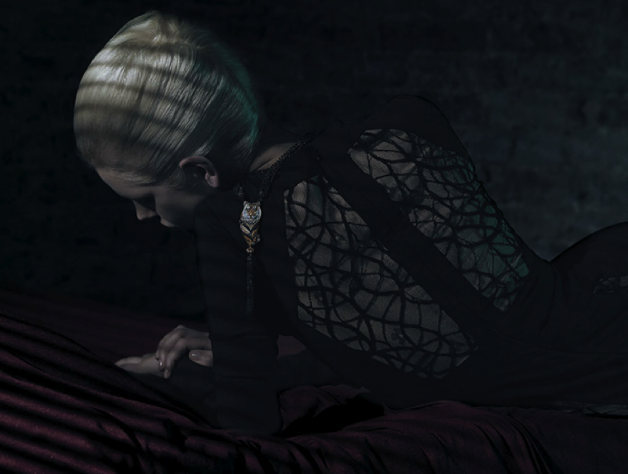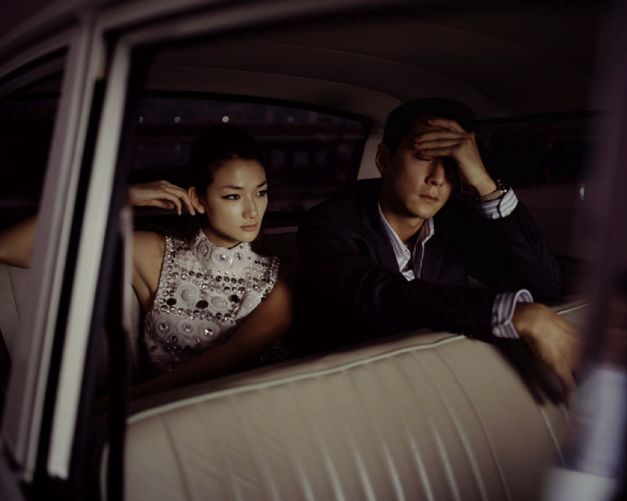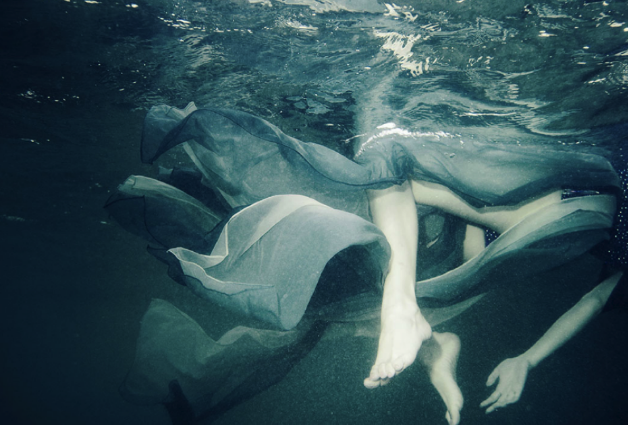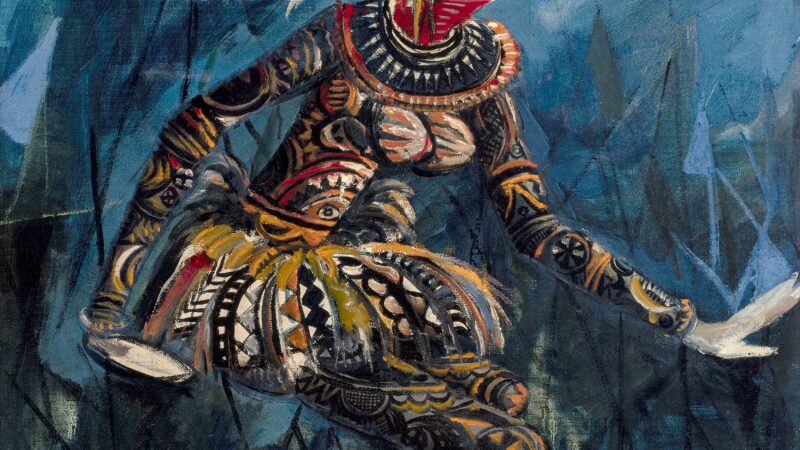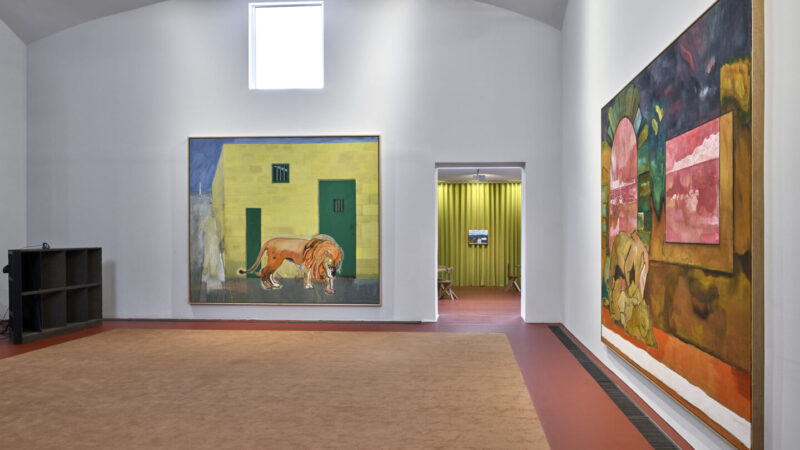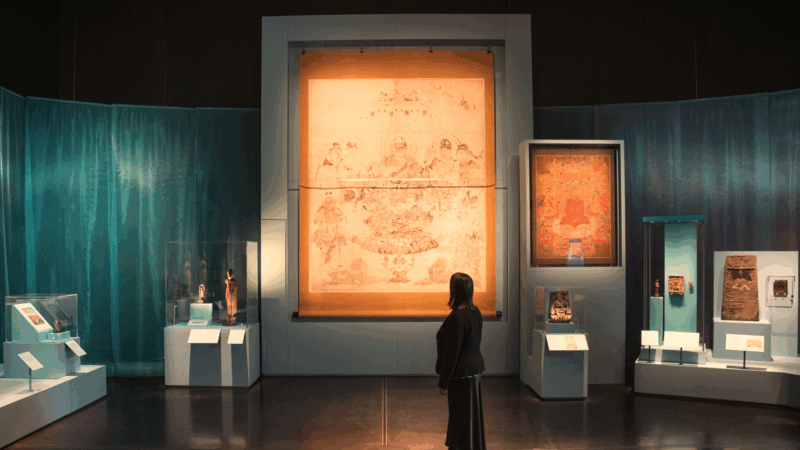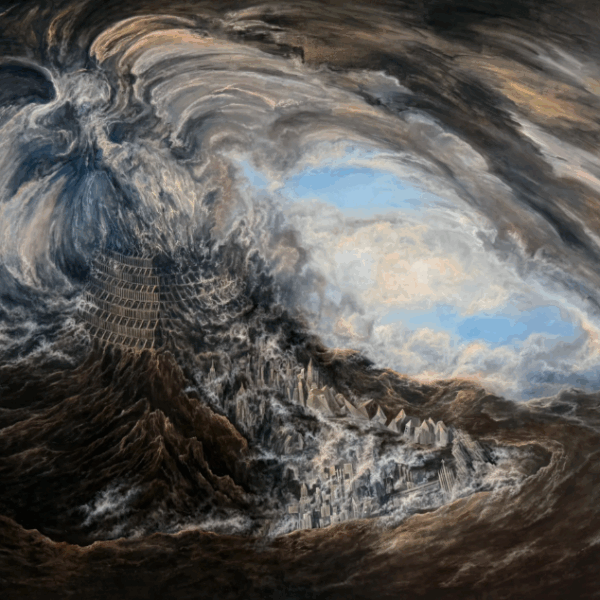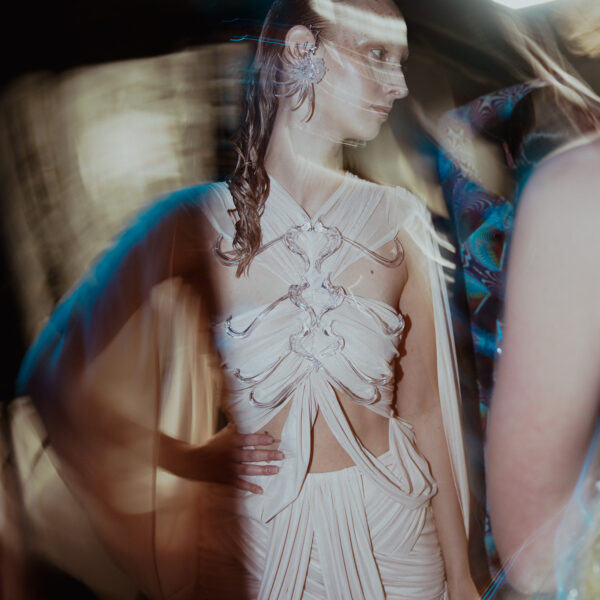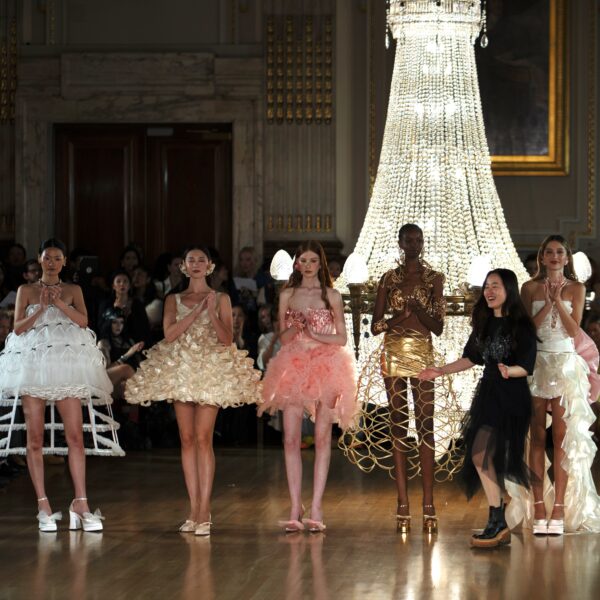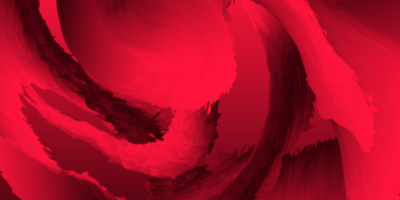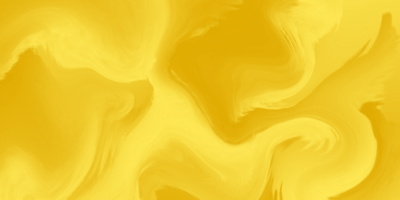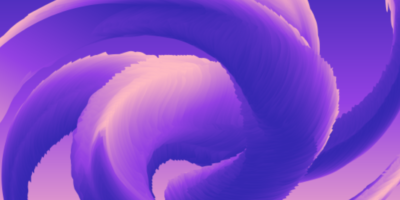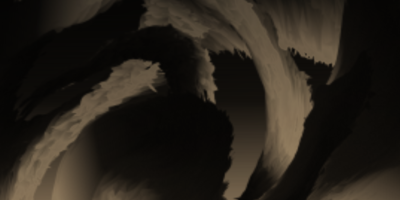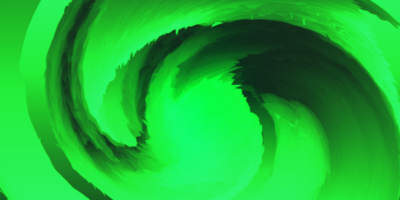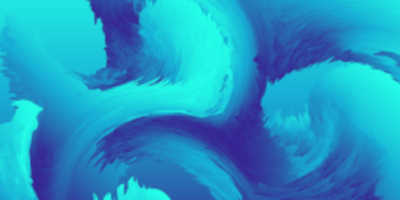New Fashion Photography 3: Wing Shya
Photographer and film director Wing Shya establishes passionate, cinematic worlds of fulfilment and longing, illicit loves and tangled webs of misfortune and obstruction.
The importance of evoking narratives means Shya’s images are submerged in the context of their own realities that exist in the imagined world he creates for his subjects. By combining the fragility of the fabric with a penetrative exploration of the emotions of men and women, Shya captures an unflinching rawness of life through his lens that cultivates a narrative life beyond the image that breathes into the minds of viewers.
Hidden identities and unspoken tales of longing and love are revealed through the unrestrained arrangement of the clothes, whereby the fabric acts as literal safeguard against the world by covering the skin, and yet simultaneously reveals the intimate souls beneath. Shya’s previous work in film with Wong Kar-wai (2046) has led to a striking manifestation of cinematic elements throughout his photography. Turning to fashion photography in 1997, Shya continues to depict the cinematic through photography, and similarly, imposes the photographic upon film. He pushes and blurs the boundaries between the two mediums, the result being images that appear as captured stills from a film. By incorporating the techniques of both photography and film, his work is innately alluring, conveying a sense of immediacy that burns slowly in the eyes of viewers to linger long after you look away. His shoots tend to be intuitive and experimental rather than calculated – a reflection of the perpetual rebirth and mutation of ideas that are embodied in the man himself.
His shoots tend to be intuitive and experimental rather than calculated – a reflection of the perpetual rebirth and mutation of ideas that are embodied in Shya himself. They evoke a fluid volatility in spite of their stillness as he explores close encounters, an expansive feeling of isolation, and the intense ambience of urban confinement. In some images, lone figures stand against walls, underground, in alleys, bars and bedrooms, and even underwater. Emotion seeps through the pervading ambiguity of the subject(s) and their narratives, whilst suggesting that in spite – or perhaps because – of being surrounded by thousands of people, cities themselves have the overwhelming power to develop rather than relieve a sense of loneliness and longing.
Whilst some subjects are shot close up, others are captured with the camera drawn back, allowing the lens to capture the significant surroundings. Images are brightened in certain areas to cast a hint of importance to particular people or places, whilst in others, colours are almost completely de-saturated to leave a grainy coarseness that remains vivid through the force of sentimentality. A number are shot in hues of red, purple and blue, enhancing the vibrancy of darkness and light. Listing i-D, Visionaire and Tank amongst the publications he has worked for, this Hong Kong photographer expresses a vision that pierces viewers with its candid confrontation and exquisite union of fashion, film, photography, and art in all its forms. What remains the most important aspect throughout all his work is the way these images make you feel.
Prime Planet: What does photography mean to you?
Wing Shya: Photography is a medium of expression. I have always labored in art, and photography in terms of my commercial career has also become the expression of a narrative.
PP: You started your career as a graphic designer. What – or who – encouraged you to move into photography?
WS: I haven be photographing since a teenager. I wasn’t even serious about photography when I studied at Emily Carr. I had never even thought about becoming a photographer…But then I was lucky to meet people who offered me chances to take serious photos – one of them was Wong Kar-Wai. By participating in his movies as the still photographer, I started to be seen as a photography professional rather than simply a graphic designer.
PP: Would you say that you still include elements of graphic design in your work? If so, how?
WS: I think the basics in graphic design [have] founded the idea of compositions of photographs. To me, these rules in graphic design are the rules I began with in photography. After I learn about the rules, I learn also to break the rules. This is my theory in graphic design and I also applied it to my photography.
PP: You’ve also worked in film. Why do you choose to incorporate elements of the cinematic into your photography?
WS: I find a narrative more interesting than any staged poses. It is when emotions leak out that you submerge yourself into a situation….whether or not it’s real. I tend to capture these leaks in my subjects, being a silent observer in this way – it is neither definitely a staged piece of work nor it is totally observational. I simply like to wander around these areas to tell my story.
PP: Is there a universal vision that connects all your different mediums of work, or do you approach and consider each in a unique way?
WS: I have never really thought about this technically, whether I would like my photography or other works to connect. But as a person who labors in art, it is quite essential that you understand thoroughly what you like. My works therefore are simply reflections of what I like. When I approach them you may say I approach individual projects uniquely, but I also reckon that there is a universal language spoken by them.
PP: What’s important, aesthetically, in your work?
WS: Emotions are key, which is not something easily describable nor is it visible. They make up most part of the beauty, not just in my work, but in life in general.
PP: Your photographs tend to evoke narratives – what makes this an important element in your work?
WS: As I mentioned earlier, a narrative allows a gray area of capturing the essence of emotions. But then I also think that it is more intriguing to look at a narrative than to simply appreciate visual cues in accord.
PP: Is there anyone who specifically inspires these other aspects that you add to your photographs? Your work tends to be quite poetic…
WS: I enjoy movies. I like learning stories from others. There isn’t a particular influence but I always like to meet and talk to different people and bring together different facets of life in composing my works.
PP: How do you begin the process of conveying a feeling of fulfilment and longing through image?
WS: It is my modus operandi to offer my subjects an imagined situation. They act according to what I tell them. So it is actually more malleable to work with actors and actresses.
PP: What inspired this interest in imagined worlds of forbidden romance?
WS: I tend to look into others’ worlds. I steal their real life stories…then when I have an initial idea, I find the music that would go with the story further elaborates my images.
PP: Your work tends to be very experimental, going against the predictable convention. In terms of technique, can you give an outline of what your creative process involves? How do your ideas begin to transform into images?
WS: Yes I agree that my works are experimental. I usually transform my ideas with the aid of music. They give this timbre that paints my mind. But it is not always like this. I like to experiment, which means to break through the past. It is simply like working on a collage, not that you can plan ahead and have full control on the result. Perhaps one day I would not express myself through images, and it would be part of the experiment.
PP: Does your work build on a unifying concern or does it always focus on new interests?
WS: I think the major concern is about the titbits of emotions. There might be stories that appeal to me on and off, so they become my new interests.
PP: Would you say that you’re attempting to communicate a personal interpretation or vision of the world, and if so, what?
WS: I guess my works are personal, but at the same time my communication is not explicit. I enjoy creating a subtlety and let my viewers try to receive the feeling at their hearts.
PP: What do you think your work reveals about yourself?
WS: My work speaks of things that aren’t meant to be spoken. I guess this is a major part of me that I do not explicitly describe my feelings most of the time.
PP: What is it that you hope to communicate with viewers?
WS: I wish my viewers could feel the feelings of the narrative and also their own.
PP: What has been the most important lesson you’ve learnt throughout the years as a photographer?
WS: Persistence. It is not easy to work as a photographer, especially in nowadays when photography doesn’t restrict itself to lifelong professionals. Not only you need to be good, but you have to naively believe in what you are doing in order to succeed.
PP: What do you hope to achieve in the future?
WS: I would like to simply continue to explore and experiment more in terms of art – photography and other forms.
-Charlie Clarkson
(All images from www.wingshya.com)



